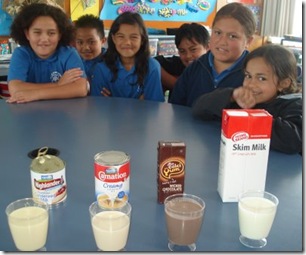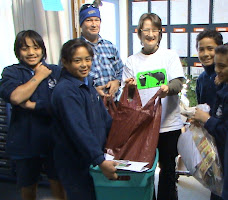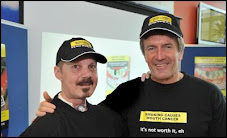1. The Shark and the Mermaids
You need: Large swimming pool
Players: Small to medium groups
How to play:
One person is chosen to be the Shark and the others are Mermaids. The Shark starts on the side of the pool close to the middle while the Mermaids start at one end of the pool. When the Sharks says "go!" the Mermaids must try to get to the other side of the pool and back. Meanwhile the sharks jump in and try to tag the Mermaids. If a Mermaid is tagged, it is frozen and it is up to another Mermaid to unfreeze them. The Mermaids win if they each make it across the pool and back and are all touchung the end of the pool. The Shark wins if everyone is tagged and frozen.
2. Poison Pool Toss
Required:splash water bombs,noodles,soft balls, small hoops
Players: medium to large groups
A great pool game for a big class and a good warm-up activity. Divide the pool in half using a rope or net with players evenly distributed on both sides. If there is a deep end make sure that players on that side are good swimmers. Have two baskets full of an equal number of pool toys and dump them in the water on either side of the line. On whistle blow, all the players will try to throw the items to the other side of the line in order to keep their side of the pool free of items.
Give them 5 - 10 minutes then blow the whistle to stop. The teams with the least amount of items on their side is the winner.
3. Dolphin Relay
Required: swimming pool and one ball per team
Players: small to large groups
Divide class into 3 to 5 teams. The first player from each team will race down and back the length of the pool while pushing the ball with their noses and forehead. If they touch the ball with their hands, feet or body they must go back to where that took place and start again. The next player will do the same until one team is the winner. With good swimmers, this can be done by swimming in the deep end of the pool. For a game with non-swimmers, play in the shallow end.
Source:
http://www.cmsport.co.nz/
FLIPPA BALL LESSON 1 – ‘Familiarisation and Passing’
Outline of Rules (basic) – 5 minutes
One may catch the ball with two hands but use one hand to pass or shoot.
One can move up and down the pool by walking, running, or swimming. If in possession of the ball the only way of progressing the ball is by swimming with it doing freestyle.
The ball must stay above the water at all times.
To defend a player with the ball, one may not contact the attacker. The defensive player may only knock the ball out of the attacking player’s hand. (Similar to basketball)
Equipment:
Flippa Ball balls (8)
Four cones or chairs
Warm up (outside of pool) – 5 minutes
Pass in groups of three in a triangle. Children to be about two metres apart. Focus on children having elbow higher than shoulder when passing. (Remember, can catch with two hands, but must pass with one hand)
Warm up (inside of pool) – 10 minutes
(Children still in groups of three)
Organise children into relay groups with two children on one side of pool and third child on other side of pool. In relay fashion swim freestyle (repeating four times) alternating between freestyle and head-up freestyle.
Passing (inside pool) – 5 minutes
Pass in groups of three in a triangle. Children to be about two metres apart. Focus on children having elbow higher than shoulder when passing. (Remember, can catch with two hands, but must pass with one hand)
Game – 20 minutes
(Four teams of six)
Game begins with 1 goalie and 5 field players. Both teams line up against wall. Referee begins game by blowing whistle and dropping ball in middle of pool. Teams swim to ball, trying to score a goal in opposition’s goal. Let game flow ensuring that the basic rules are applied. Rotate after 5 minutes allowing all four teams to play each other.
Source: http://www.waterpolo.org.nz/Content.aspx?ID=FBCoachPlan
To look forward, don’t beat a retreat
-
Defining strategy is the most important work a leadership team can do. The
last place they should go to do it is a retreat. It’s January, and wherever
I lo...
5 years ago






























